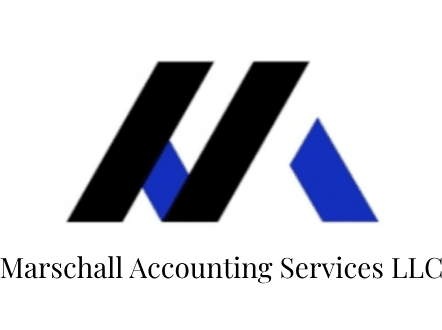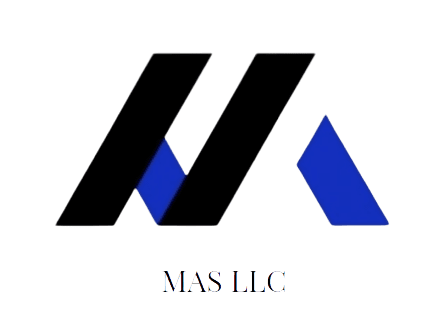
Jessica I. Marschall, CPA, MAS LLC
March 15th, 2025
Valuing a brand is a complex process that business valuators approach with both qualitative and quantitative tools. The value of a brand is typically captured as an intangible asset and can be appraised independently or as part of a broader business valuation under a fair market value, investment value, or fair value standard.
Here is a comprehensive breakdown of how brand value is measured, what indicators are examined, and how a company can track and enhance these inputs to prepare for a future valuation.
Brand valuations provide financial justification for any financial requests from either equity investors or lenders. Additionally, the measurements provide a strategic advantage for potential mergers and/or acquisitions of a company and can significantly increase the realized sales price. Investors often demand brand valuation considerations when determining lending levels as well as justifying a higher market capitalization.
PART 1: APPROACHES TO BRAND VALUATION
Brand valuation typically uses one or more of the following methods:
1. Income Approach (most common)
This method estimates the present value of future economic benefits attributable to the brand.
Methodologies under Income Approach:
- Relief-from-Royalty Method: Estimates what the company would have to pay in royalties to license the brand if it did not own it. This is calculated by applying a royalty rate to projected revenues attributable to the brand and discounting the result to present value.
- Excess Earnings Method: Attributes residual income to the brand after subtracting returns to other tangible and intangible assets.
- Multi-period Excess Earnings Method (MPEEM): A version used when a brand contributes to multiple revenue streams over time.
2. Market Approach
- Looks at market transactions of comparable brands (M&A data or brand licensing deals).
- Adjusts multiples based on differences in risk, market share, and brand strength.
- Limited by the availability of directly comparable data.
3. Cost Approach
- Estimates what it would cost to recreate or replace the brand, including marketing, advertising, and development costs.
- Used when income or market data is not available but generally provides a floor value only.
PART 2: KEY INDICATORS EXAMINED BY VALUATORS
Valuators analyze financial, market, and brand-specific indicators. These indicators feed into forecasts, risk assessments, and comparative metrics:
A. Financial Indicators
- Revenue attributable to the brand: Sales uplift or price premium driven by brand recognition.
- Profit margins: Strong brands can command higher margins.
- Customer acquisition cost (CAC) and customer lifetime value (CLV): Brands that reduce CAC and increase CLV are more valuable.
- Historical marketing spend: Serves as an input for the cost approach and brand strength analysis.
B. Brand Strength Indicators
These qualitative and quantitative metrics are often scored using a Brand Strength Index (BSI) or similar proprietary model:
- Brand awareness and recall (aided and unaided)
- Perceived quality and brand trust
- Loyalty and retention rates
- Brand differentiation (vs. competitors)
- Net Promoter Score (NPS)
C. Legal and Ownership Rights
- Trademark registrations
- Exclusive licensing agreements
- Domain names, patents (if bundled with brand identity)
D. Market Indicators
- Market share attributable to the brand
- Competitive position and threats
- Industry growth rates
- Brand elasticity (impact on pricing)
Brand value can be affected through strategic marketing and advertising, ambassadorship and sponsorship, but most importantly, in our opinion, customer experience.
PART 3: TRACKING AND MANAGING BRAND VALUE DRIVERS
To prepare for a valuation and enhance brand value, companies should:
1. Implement Brand Performance KPIs
Create a brand dashboard that tracks:
- Website traffic and bounce rates
- Social media engagement
- Brand sentiment (via surveys or AI sentiment analysis)
- Search engine rankings and trends
- NPS, CLV, and CAC (tracked monthly or quarterly)
2. Segment Revenue by Brand (if multi-brand)
- Set up accounting to separately track revenue streams attributable to each brand.
- Consider SKU-level contribution if product lines are tied to distinct brands.
3. Maintain IP and Legal Documentation
- Keep trademark registrations current
- Track licensing agreements and usage restrictions
- Maintain brand guidelines, usage rights, and design elements
4. Document Historical Brand Investments
- Track advertising and promotion spend by campaign
- Document ROI of brand-related campaigns
- Store creative assets and campaign analytics
5. Customer and Market Data Collection
- Periodic surveys for brand awareness and perception
- Loyalty program performance data
- Public relations tracking (media mentions, earned media)
6. Build a Brand Book
- Include logo use, color palettes, tone of voice, positioning statements, and brand values
- Helps establish brand consistency, which is directly tied to brand strength
EXAMPLE OF A RELIEF-FROM-ROYALTY VALUATION SUMMARY
| Item | Input |
| Forecasted Brand Revenue (Year 1) | $10,000,000 |
| Royalty Rate (%) | 5% (based on comparables) |
| Pre-Tax Royalty Income | $500,000 |
| Tax Rate | 25% |
| After-Tax Royalty Income | $375,000 |
| Discount Rate (WACC) | 12% |
| Present Value (5-year NPV) | ~$1.45M |
Final Thoughts
The most valuable brands are those that can generate a premium, sustain customer loyalty, and stand defensible in the market. Business owners who track the right metrics over time and treat their brand as a measurable, investable asset can realize significant additional value in any business exit, acquisition, or investment negotiation.




